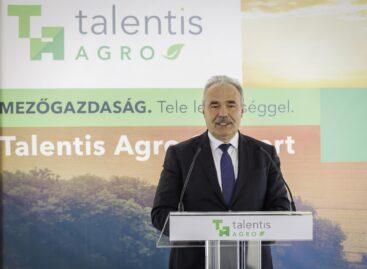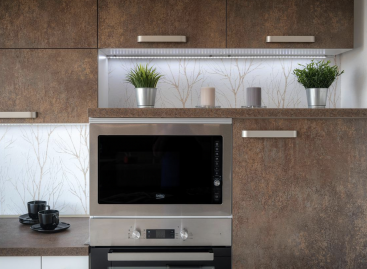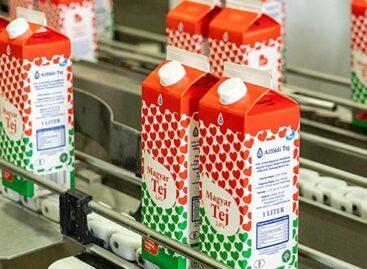Heat from deep below: Hungarian geothermal energy is an untapped treasure
Although Hungary has excellent geothermal potential, thermal heat currently accounts for only 6% of domestic thermal energy production. With the new grants from the Jedlik Ányos Energy Program, a breakthrough could now be made: the utilization of medium-temperature flowing thermal waters for heating purposes – through special heat pump systems – could mean annual savings of tens of millions for municipalities, while also reducing dependence on Russian gas – writes Telex.
Why don’t we use it?
 The ground under Hungary is hotter than elsewhere – in some regions, such as around Battonya, the temperature increases by up to 6–7 °C per 100 meters. Despite this, the vast majority of the nearly 1,000 existing geothermal wells do not return to nature: the used thermal water is most often simply released into lakes and streams.
The ground under Hungary is hotter than elsewhere – in some regions, such as around Battonya, the temperature increases by up to 6–7 °C per 100 meters. Despite this, the vast majority of the nearly 1,000 existing geothermal wells do not return to nature: the used thermal water is most often simply released into lakes and streams.
However, the 30–50 °C run-off water contains significant thermal energy – with modern heat pump technology, this temperature can be raised to 50–60 °C, which is sufficient for underfloor heating or modern district heating systems, for example. Moreover, re-injection will soon be mandatory for environmental reasons.
The example of Nagyatád: a returnable investment, a smaller ecological footprint
A similar system is already in operation in Nagyatád in Somogy County: the run-off water of the local bath is cooled to 15 °C with a water-to-water heat pump, while the heating water of the buildings is heated to 50–60 °C. The municipal project cost 300–400 million forints, but it will save 40–50 million forints annually.
Similar developments are planned in Mohács, Kecskemét, Marcali, Szentgotthárd and Szigetvár, among others. The runoff water from thermal baths operating everywhere would serve as a heat source – meaning the system does not require new wells, only more efficient utilization.
Technological background: when and where is it worth it?
The efficiency of geothermal heat pumps is shown by the COP value (coefficient of performance): a modern system can produce 6 kWh of thermal energy from even 1 kWh of electricity. This means that such a solution can be not only sustainable, but also economically competitive – especially when we consider the price and uncertainty of natural gas imports.
However, it is important to have thermal water with an adequate water flow rate, 30–50 °C, and a consumer side where heating with water at a lower temperature can also be possible (e.g. underfloor heating systems, municipal institutions, condominiums, agricultural facilities).
Related news
Inflation has slowed in Austria, but energy prices are increasing at an accelerating rate
🎧 Hallgasd a cikket: Lejátszás Szünet Folytatás Leállítás Nyelv: Auto…
Read more >The government spends several thousand billion forints on the development of agriculture
🎧 Hallgasd a cikket: Lejátszás Szünet Folytatás Leállítás Nyelv: Auto…
Read more >This is how you can save a lot on your electricity bill
🎧 Hallgasd a cikket: Lejátszás Szünet Folytatás Leállítás Nyelv: Auto…
Read more >Related news
Crowds return to stores: margin cap and year-end preparations drive retail traffic
🎧 Hallgasd a cikket: Lejátszás Szünet Folytatás Leállítás Nyelv: Auto…
Read more >The kings of the New Year’s Eve list: hot dogs and champagne in abundance
🎧 Hallgasd a cikket: Lejátszás Szünet Folytatás Leállítás Nyelv: Auto…
Read more >The Alföldi Tej case is drifting towards an uncertain outcome
🎧 Hallgasd a cikket: Lejátszás Szünet Folytatás Leállítás Nyelv: Auto…
Read more >






